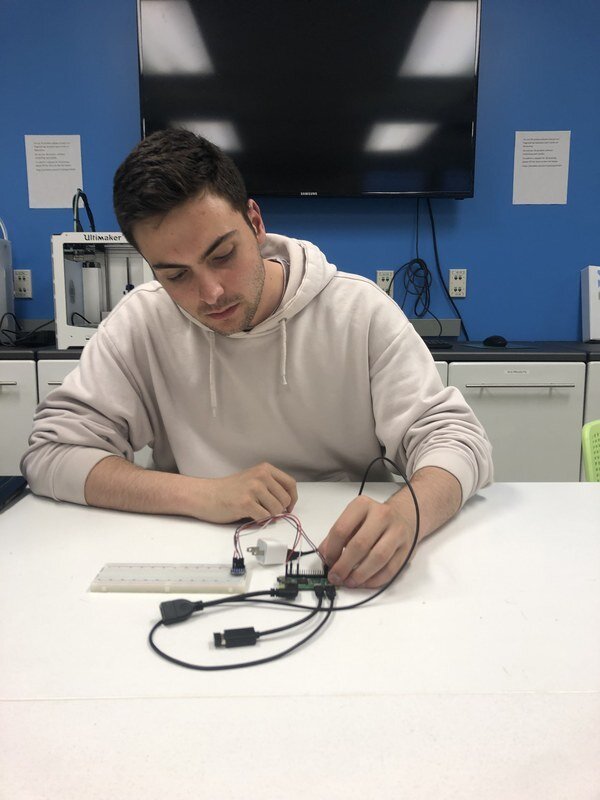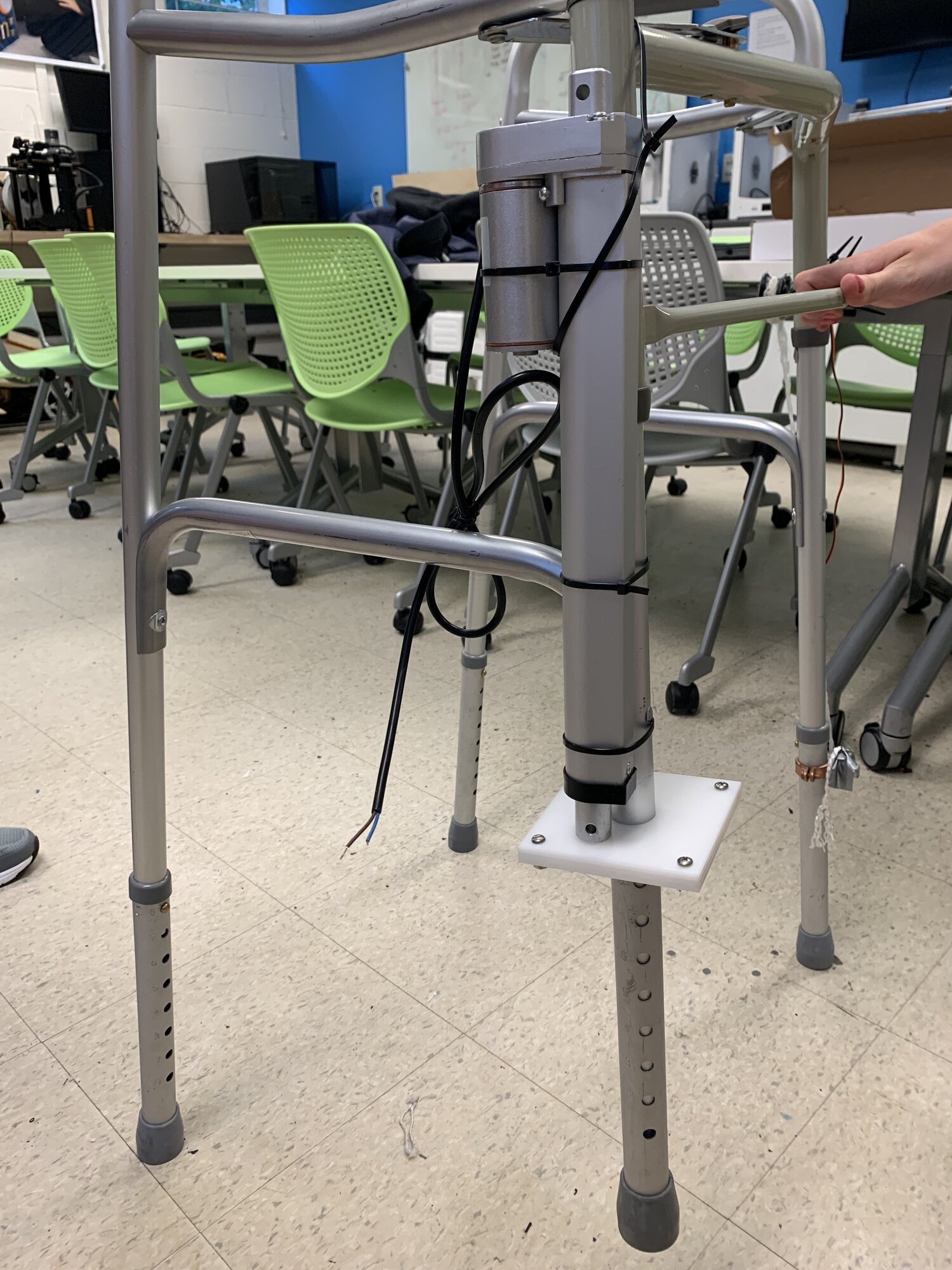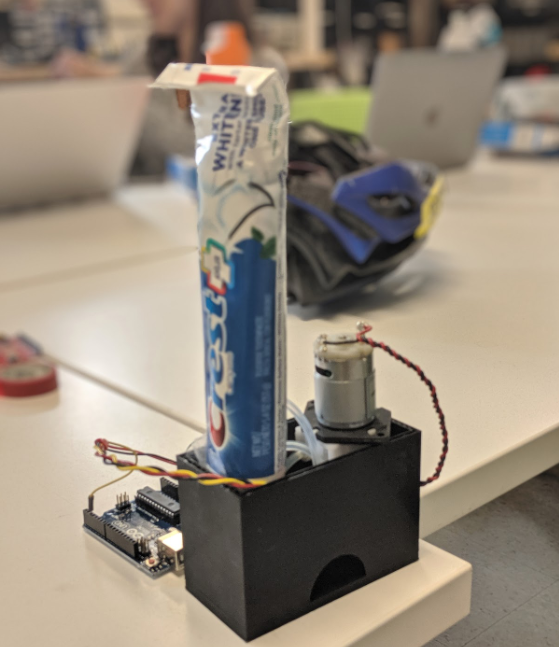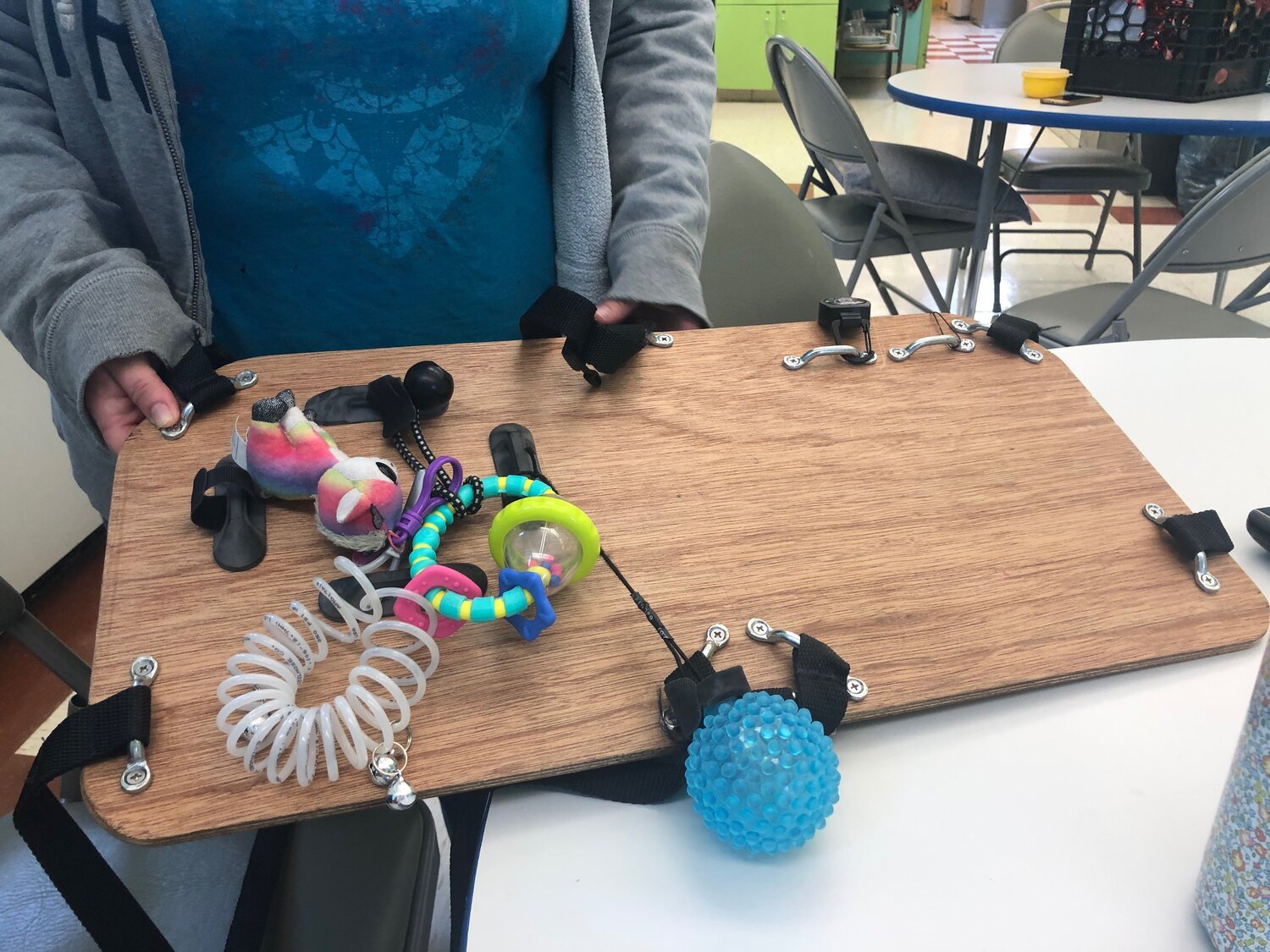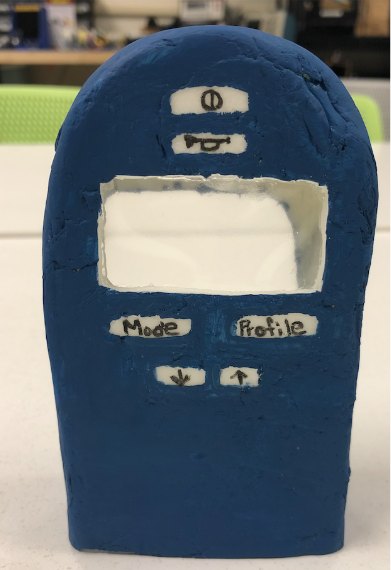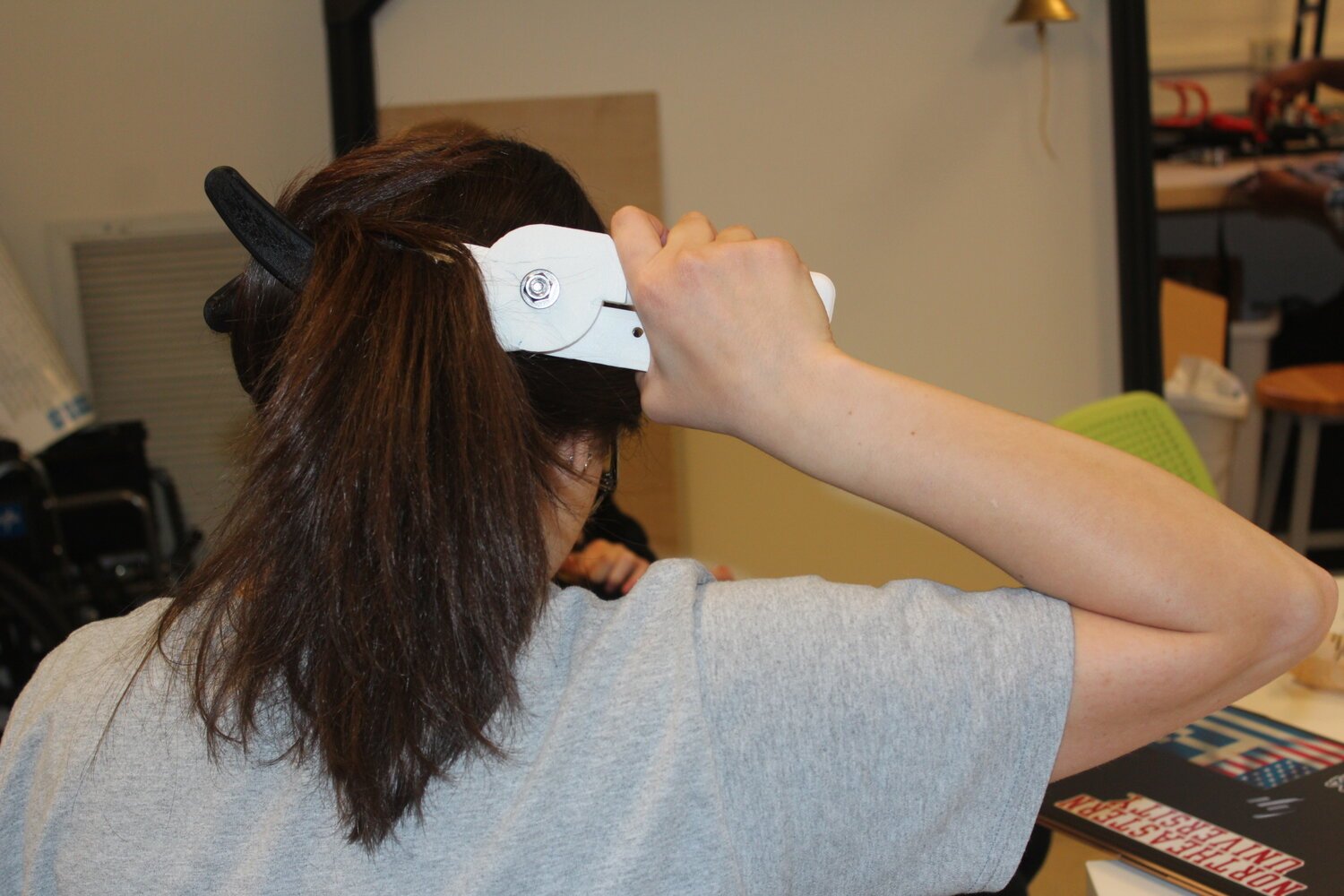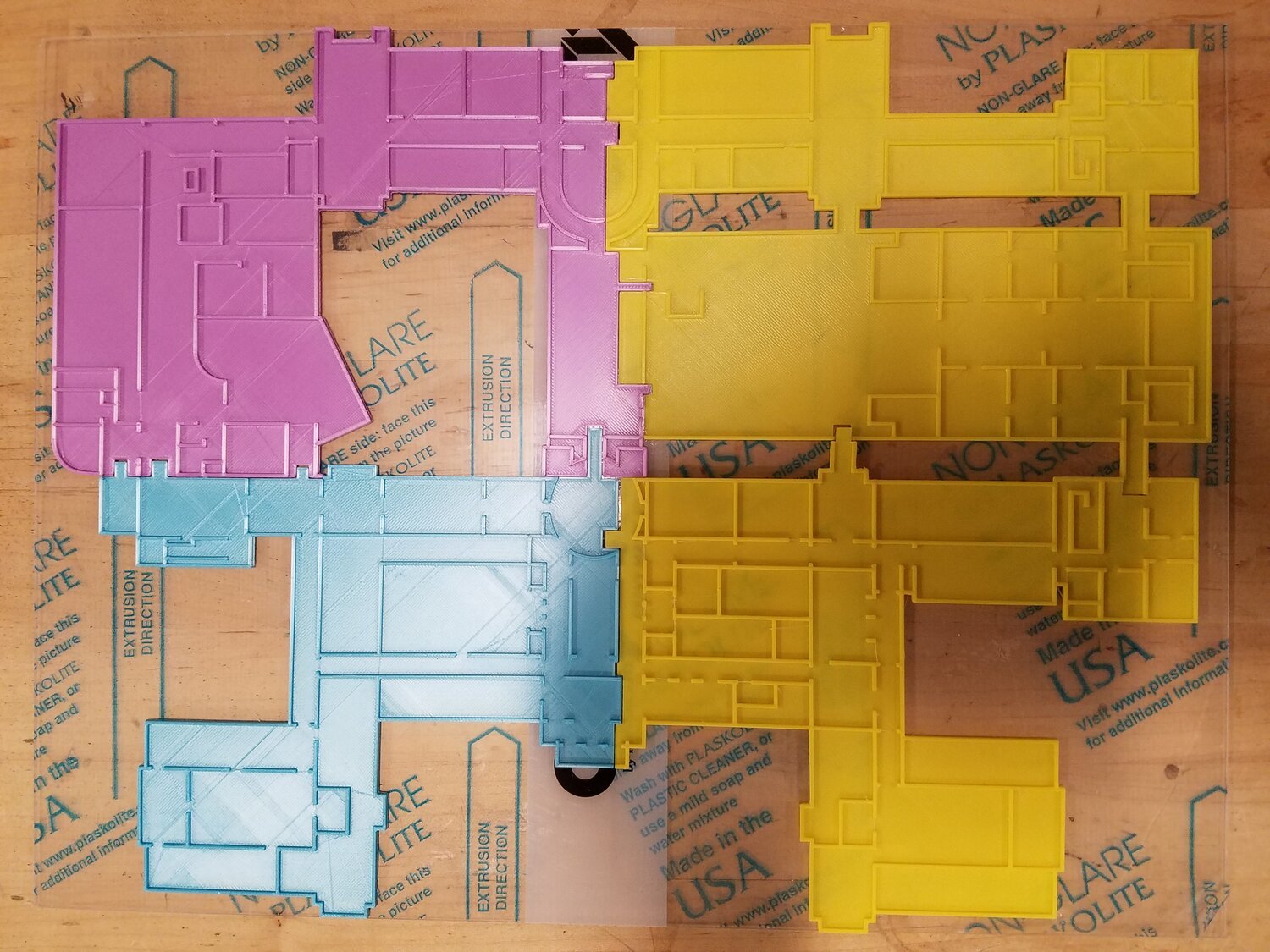2020
We designed a prototype that use the vibrations of a vocal cord as inputs with limited success; however, this prototype must be tested in real time with various users.
We created a cooling cushion that employs the use of water cooled using a Peltier. A Peltier utilizes the phenomenon of thermoelectric cooling to transfer heat from one side of the device to the other side.
We plan to design a walker device that remains at surface level when ascending or descending a staircase.
Our product is a truly automatic toothpaste dispenser. The user is prompt to screw a tube of their favorite toothpaste into a standard-sized port within the product.
The solution to this problem is to help Lifestream in expanding the treatment of patients with tactile and visual impairments.
We are designing sensory trays for various students that can be securely attached to their wheelchair tray or other flat surfaces.
We designed a cover that is a semi-permanent waterproof attachment meant to cover the joystick and control panel of a power wheelchair.
Our puzzle includes visual, auditory, and tactile sensory feedback in order to allow students at the Carter school to reinforce the idea that their actions can influence the world.
After re-examining the design at the end of the previous semesters, we have concluded that it will not fit the needs of the client in an effective way.
We attached a rotary encoder to the restorator’s axis. This measures the rotation of the pedals.
Rather than creating an apparatus that strums and holds down the chords, our new approach involves making an apparatus that has a foot pedal, so the client is free to hold the chords down with his hands.


